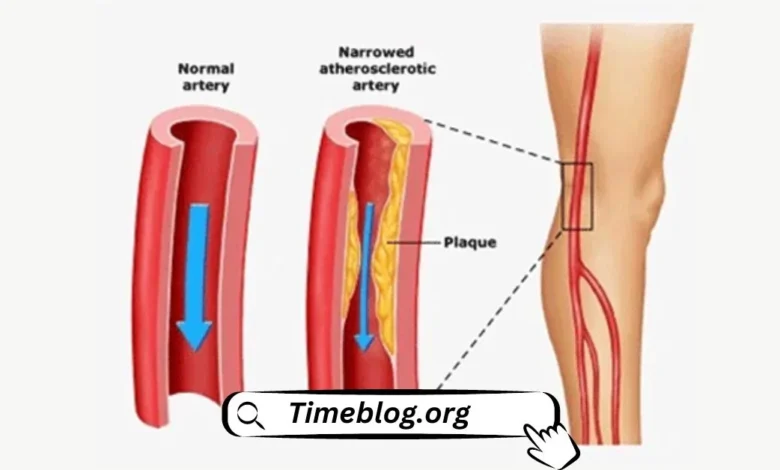The Significance of Peripheral Vascular Disease Treatment to Prevent Morbidity and Limb Loss

One of the main causes of morbidity and limb loss is peripheral vascular disease. This condition significantly affects patients’ productivity by limiting their mobility. Fortunately, there are surgical and nonsurgical treatment alternatives that doctors can recommend to help you eliminate symptoms of peripheral vascular disease for optimized wellness. It would help if you appreciated the significance of collaborating with an interprofessional team to accurately evaluate vascular disorders Oxnard, including this pathology, and receive appropriate treatment planning for improved treatment outcomes.
What is peripheral vascular disease?
Peripheral vascular disease is a progressive complication that causes the narrowing of blood vessels leading to their blockage and, thus, limited blood flow. Peripheral vascular disease causes varying clinical presentations in patients. However, the typical symptoms include lack of blood supply to an organ, ulceration, claudication, and limb loss. Early diagnosis and intervention to treat the condition are necessary to prevent severe outcomes and preserve limb structure.
Risk factors of peripheral vascular disease
The main cause of peripheral vascular disease is cholesterol and fat buildup in vascular walls. The risk factors predisposing patients to this plaque buildup include smoking, lack of exercise, and underlying conditions like diabetes. Atherosclerosis is a chronic progressive disease that can develop without initial symptoms. Regular clinical checkups, especially if you are an active smoker, obese, or diabetic, are necessary to reveal any underlying complications and thus help your doctor develop treatment early to prevent adversities like limb loss.
Interprofessional team strategies for improving care coordination
Diagnosis is the main factor influencing the treatment approach your doctor develops to address your peripheral vascular disease concerns. An accurate diagnosis will depend on various factors, including the clinical presentation of your case. Your doctor will review your symptoms to determine the severity of your complications and thus appreciate the need for immediate intervention. You may also need a comprehensive physical exam involving imaging technology to help your doctor make a more detailed diagnosis.
How do doctors treat peripheral vascular disease?
A patient-centered approach to treating peripheral vascular disease is necessary to ensure clinical efficacy. Some factors your doctor will consider when developing your treatment plan include age, limb functional status, disease severity, and risk factors. The following treatment and management approaches can help you achieve improved symptomatic control:
- Cardiovascular risk factor modification: Your doctor will recommend smoking cessation to reduce your condition’s progression into adverse stages. Hypertension management in diabetic patients is another evidence-based approach to improving peripheral vascular disease outcomes.
- Exercise therapy: You may need to undergo supervised exercise therapy programs to improve symptoms like muscle pain that develop due to limited oxygen to limb tissues.
- Pharmacotherapy: Your doctor will only recommend this approach if other more conservative treatments like cardiovascular risk factor modification and exercise therapy have failed to offer relief.
- Revascularization: This approach may involve endovascular, surgical, or combined endovascular and surgical techniques to address debilitating symptoms of peripheral vascular disease.
Contact the Neuroscience Institute if you are experiencing symptoms such as sores that do not heal, changing skin color, limb pain during rest, or intermittent claudication to receive an accurate diagnosis of your peripheral vascular disease and begin treatment to restore functioning limbs.




